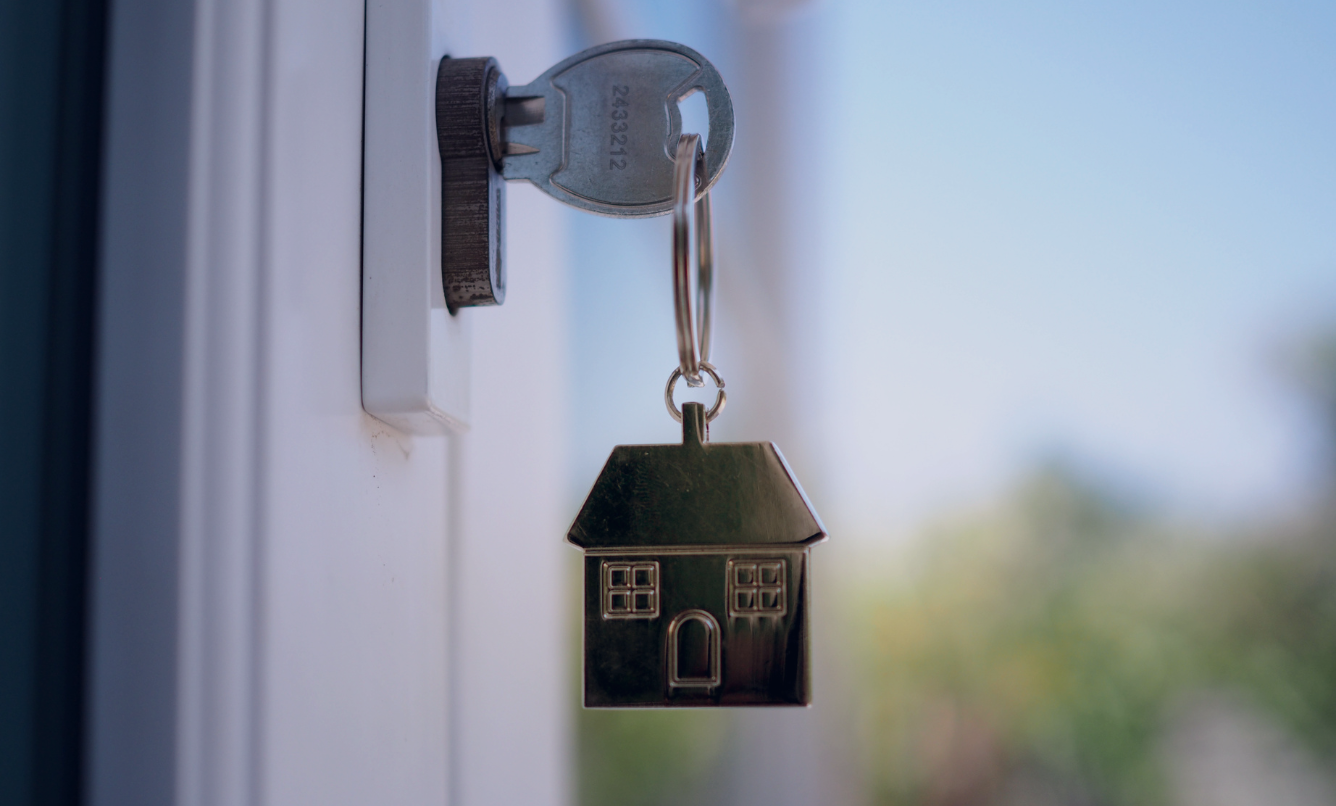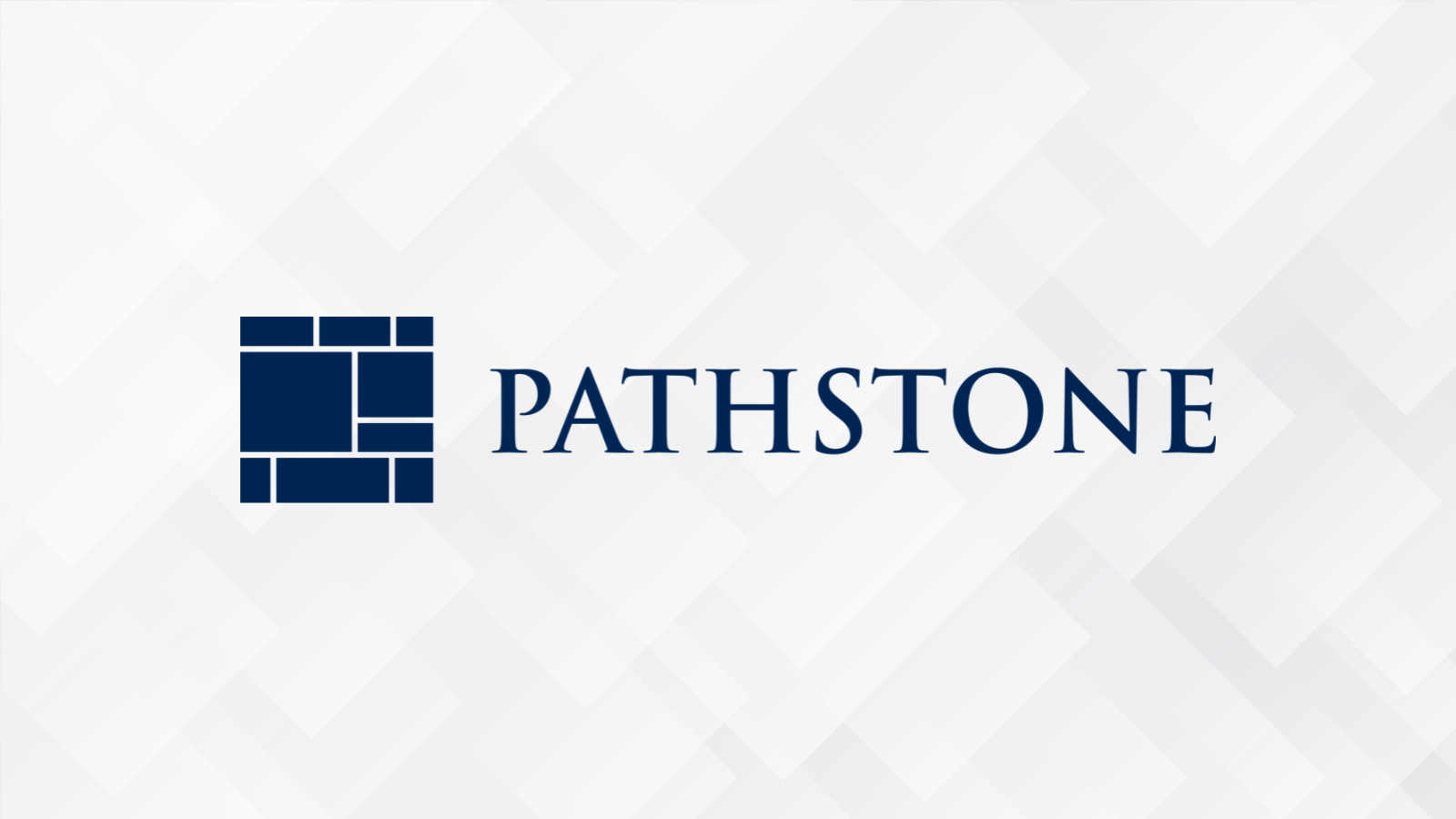Featured
January 18, 2023
Children – When should they come off your policy?
Minor children are covered under both your home and auto policies. For auto policies, it is important to add drivers as they receive their permits to drive, which will increase the premiums paid. The question becomes, what happens when your child graduates from high school and leaves the home? Your homeowner’s policy will continue to cover your child, even if they travel out of state, if they are: attending school full time, under the age of 26, and use the home as their primary residence prior to moving away. This coverage extends to their personal belongings and includes liability coverage.
Unlike health insurance coverage, there is no age limit to remove your adult child from either your home or auto policy. If your child moves back home after college, then your auto and homeowner’s policies will continue to cover that child since those policies default to cover anyone who is living with you. Once your child finds their first job after graduating from college, this may be the opportune moment to shift financial responsibility of premium payments to your child. Timing this shift will depend on family and personal values and can vary per child.
Why is my insurance provider increasing my premiums?
A recent trend that we have noticed amongst insurance carriers is increasing premiums, preference towards non-renewing policies and even pulling completely out of certain markets. Our friends at Lockton have put together this summary describing these trends and why we are seeing them. Perhaps not surprisingly, one of the reasons we are seeing this trend comes back to supply-chain issues resulting in higher costs for repairs to damages. Climate change is another factor. We are seeing an increase in disasters caused by wildfires, hailstorms, hurricanes, and other weather events across the country. These increase the burden on the insurance carriers of paying out claims which translates to higher premiums.
What if I own my property within a Limited Liability Company or Trust?
Another area for consideration is how to insure a property that is owned by a Limited Liability Company (LLC) or a Trust. There are a few options to setting a policy, but most important is to ensure that you work with your trusted advisor to ensure proper coverage of your home and your contents. The most common option to consider is listing the homeowner as the owner of the policy, and then listing the trust or LLC as the additionally insured party. This results in one policy with property and casualty coverage for the trust or LLC. As we often see, the type and number of policies needed for adequate coverage will vary between state and should be tailored to specific client needs. It is best to work with your financial adviser to help find the most appropriate coverage.
January 18, 2023
How do I know if the contents of my home are properly insured?
Personal Property consists of the contents of your home and other personal belongings that are owned by you and family members living with you. We typically think of these items like furniture and appliances, but it also pertains to jewelry, antiques, art, entertainment equipment, etc. The personal property section of your homeowner’s insurance policy covers these items no matter where the item is located at the time of the loss. However, the coverage under the policy is limited to actual cash value which is different than replacement cost which is found in the main dwelling section of your policy. We cover replacement cost in our article titled “Property and Casualty Insurance: The Basics”. Actual cash value is the cost of the property minus depreciation. Depreciation can be thought of as normal wear and tear. Therefore, there is potential for financial loss, especially on those sentimental/specialty property items such as jewelry, or antiques that have a higher value than the actual cash value covered in the policy. This is where an endorsement can be used to supplement the potential loss of these items.
Since coverage in the personal property section of a homeowner’s policy is limited in the event of a loss, an endorsement should be used to supplement the property that has been valued higher than the actual cash value. A schedule is attached to the homeowner’s policy, lists the specific items, and has the value for each item. The values are agreed upon between the insured and the insurance company, with some items needing to have a separate valuation to support the replacement value requested. The deductible is waived for separately scheduled items in the event of a loss.
https://www.allstate.com/resources/home-insurance/what-is-an-insurance-rider
Do I need more liability coverage than provided by my homeowner’s policy?
Liability insurance under the homeowner’s policy covers the insured and all resident family members. If someone brings a claim against you stating that they have been hurt or that their property was damaged by something you did or did not do, you will be covered under liability insurance. The coverage is subject to a limit per occurrence and will vary between states and policies. The insurance company will provide and pay for all legal and any settlement costs if a dispute were to arise. It is a good practice to review this section to ensure that this coverage is sufficient or if a Personal Liability Umbrella Policy (PLUP) should be used to supplement the policy.
A Personal Liability Umbrella Policy (PLUP) is additional property and casualty insurance that may be recommended by your financial advisor depending on your financial situation. A PLUP will cover an amount above your homeowners and auto insurance limits. A PLUP will typically start coverage at $1 million, purchased in increments of $1 million and has a relatively low cost. The following link to Kiplinger.com is a great resource to help get an idea of how much coverage may be needed given a certain level of assets.
January 6, 2023
While a Santa rally did not occur, market performance in the final quarter of 2022 was mostly positive for both stocks and bonds. The Fed remained hawkish and increased its Fed Funds rate by 125bps during Q4 to an upper bound of 4.5%. The labor market continued to prove resilient in the face of inflation. More jobs were added to the U.S. economy than were expected over the last four months and the unemployment rate dropped to 3.5% in December. Inflation remained elevated at 7.1% year-over-year, but has shown some signs of cooling in recent months.
Popular Topics
Featured video
Investment Approach – Built on a Promise

Featured Whitepaper
The Third Wave
Passive, ETF based portfolio strategies may be supplanted by a New Paradigm that offers a superior combination of cost, tax-efficiency and customization.














